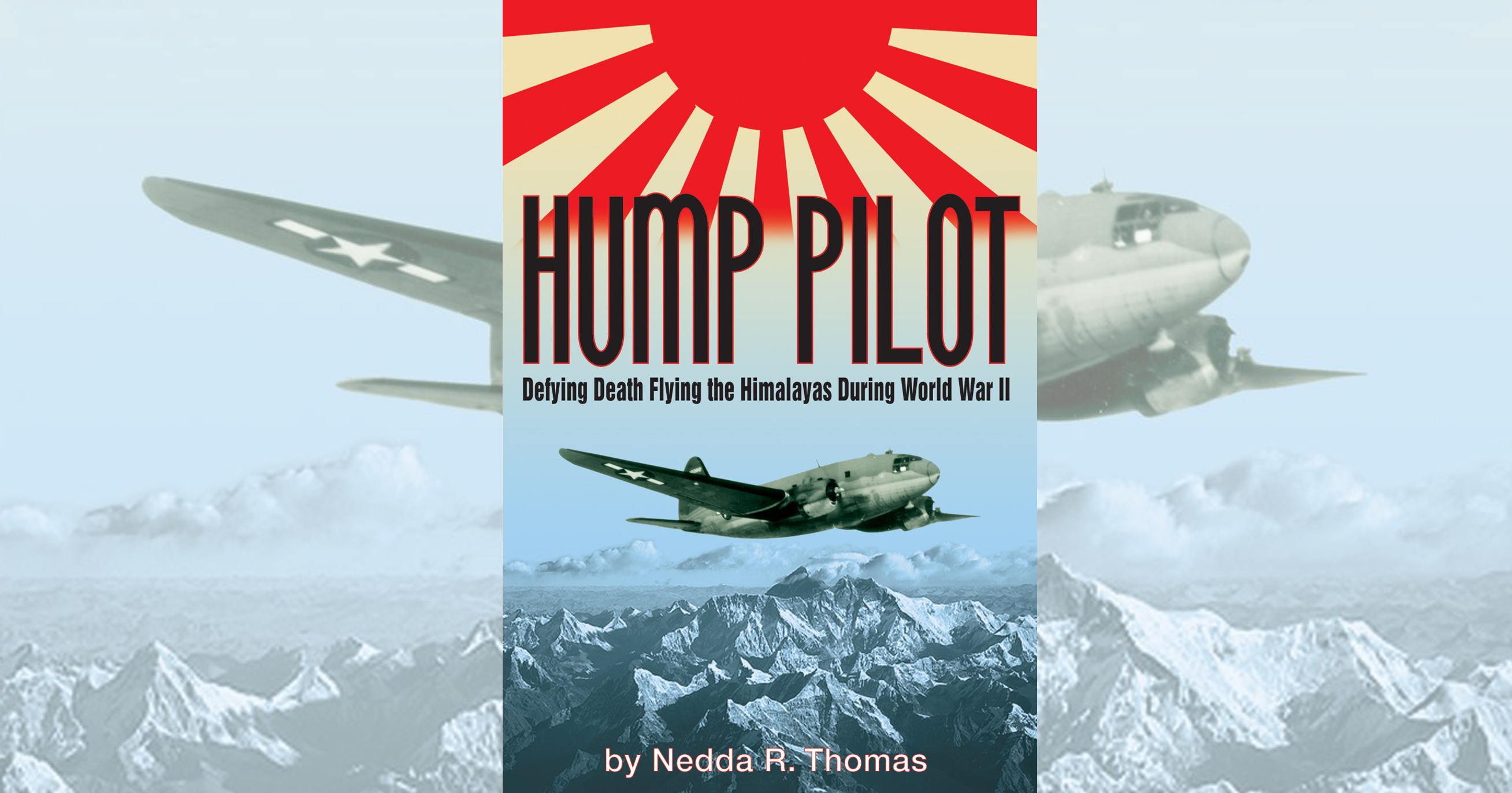Hump Pilot: Defying Death Flying the Himalayas During World War II By Nedda R. Thomas, History Publishing, Palisades, N.Y., 2014, $18.95.
There are few personal accounts by World War II cargo plane pilots, and fewer still of those who flew “over the Hump,” the Allies’ name for the air supply route from northern India to China via the Himalayas. Nedda Thomas has produced a spirited account of the experiences of her father, Ned Thomas, who late in the war wrestled a Curtiss C-46 Commando over the tallest mountains in the world.
Transport planes began flying the Himalayan route in 1942, when operating conditions were extremely rough, including standing orders that pilots should ignore bad weather and press on regardless. By the time the author’s father was flying the Hump, things had improved considerably, but it remained a daunting job.
The author favors Nationalist Chinese leader Chiang Kai-Shek and Fourteenth Air Force commander Maj. Gen. Claire Chennault over Southeast Asia deputy commander Lt. Gen. Joseph Stilwell, whom she describes as an old-fashioned infantry general with no appreciation of air power. While there is much truth in that accusation, it was not all Stilwell’s fault. “Vinegar Joe” Stilwell was a prickly character, but he was fighting without sufficient men or supplies while dealing with corrupt Chinese and muddling British allies, as well as subordinates like Chennault, who went behind his back to promote their own personal agendas. Such discord lay behind the joke that CBI, the acronym for the China-Burma-India Theater, stood for “Confusion Beyond Imagination.”
Hump Pilot provides an entertaining window into what it was like to fly cargo over the world’s most dangerous air route in the worst flying conditions imaginable. The attrition rate among Hump aircrews was appalling, even when compared with what the Eighth Air Force experienced over Europe. These men were all well aware that even if they managed to bail out successfully from a malfunctioning aircraft, their chances of surviving in the jungle or mountains below were slim.





